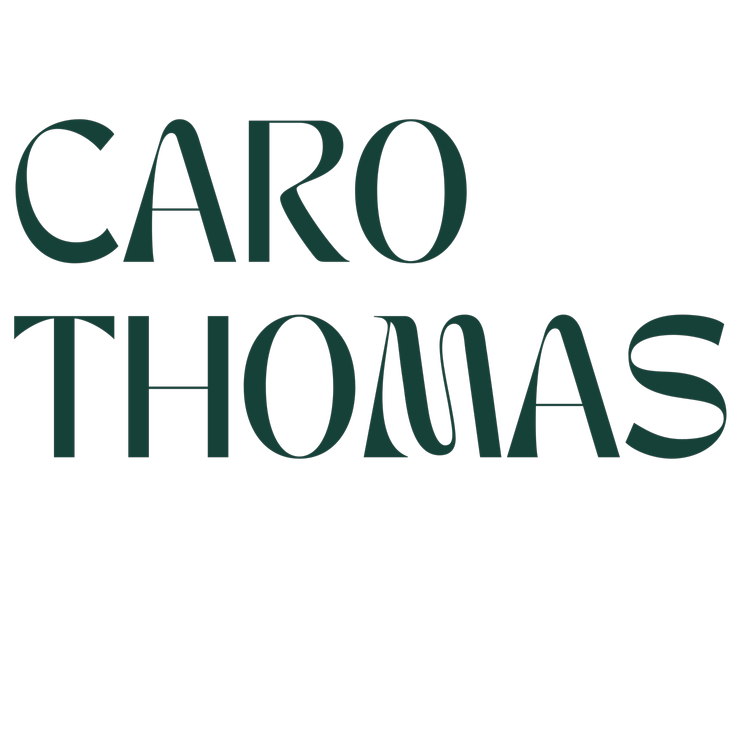My path has not been a linear one. In 2016, I graduated early from Scripps College, having completed my thesis project during my junior year. In my time at Scripps, I was driven. I took as many courses as I could in art, art history, art theory, and Spanish literature. By the time I was working on my thesis, I was certain I wanted to pursue a career as an artist. When I won a monetary award for my work, I was emboldened to do so, except I was 22 and absolutely terrified of the world.
For the first half of my twenties, I followed comfort. I moved home to be with my long-term partner as he began his journey in medicine. I worked as a costumer, a wig master, a barista, and a bartender. I rarely picked up my camera. I always blamed it on being too busy. Then the pandemic hit, and I lost my service industry jobs. I worked at Whole Foods to make ends meet until I got quarantined without pay too many times, and I quit.
Then, something miraculous happened. I got a call from my high school photography teacher; she needed a long-term sub so that she could stay home with her new baby when school started back up. I became an art teacher. Not only did I get unfettered access to a darkroom, but I got to share my love of photography and art history with high schoolers. My focus began to sharpen. Soon I was in meetings with my head of school about a gallery space that was being built and whether I would be open to running it in addition to teaching. I jumped at the opportunity.
In my second year of teaching, I decided I needed to go back to school. I found myself asking big questions about the system and how we could improve arts education access. It was around this time I stumbled upon the Education and Social Policy program at KU. Immediately, I reached out to Dr. Mann to hear about the program, and I felt at home talking about policy, politics, and the education system. I then discovered the Museum Studies certificate program and decided it could perfectly complement my master’s and could help me better understand the state of arts education and museum access in the US. My time at KU has supported my array of interests. I have learned how to evaluate policy briefs; explore the learning sciences; consider how museum development and education departments can partner; investigate the role of women in early American education systems; and study what meaningful school and museum collaboration really looks like.
My graduate studies have equipped me with a solid foundation in education and social policy, as well as a deeper understanding of the sociological framework of schooling and the systemic inequities and hierarchies that K-12 education in the United States often reinforces and reproduces. Armed with this knowledge and my experience as an arts educator and gallery director, I am committed to dedicating my career to examining how art serves as an agent of change and fighting for arts education and funding through policy and non-profit work. As I move forward in my career, I aim to contribute to the development of policies that support and prioritize arts education, recognizing its vital role in fostering critical thinking, self-expression, and social awareness. By combining my passion for the arts with my deep understanding of education and social policy, I hope to effect meaningful change in the world of arts education, ensuring that all students have access to the transformative power of art and the opportunity to engage with the complex issues that shape our society.
